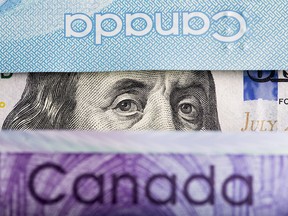Here’s a concise rewrite of the text:
Canada’s Strong Start: A Weak Dollar May Spur Interest Rate Cuts
Canada reported robust economic momentum with a job gain of 91,000 positions last month, despite concerns about an uncertain future. Unemployment stood at 6.7%, up minimally from December but below November’s 6.5%. Industrial production rose by 0.8%, and the job market continues to recover steadily.
The Canadian dollar’s weakness is expected to bolster exports of commodities like oil and wood, aiding industrial growth. With a weaker CAD, Canada aims to reduce dependency on foreign currencies, enhancing global competitiveness in export-oriented sectors.
Economists predict the Bank of Canada may consider cutting interest rates if inflation stays below target. A January rate cut by Prime Minister Justin Trudeau’s government is anticipated, though the decision hinges on economic indicators and geopolitical shifts.
U.S. administration changes loom large, with incoming leaders likely imposing tariffs, impacting trade dynamics. Meanwhile, economic confidence remains shaky in some sectors, adding complexity to Canada’s monetary policy considerations.
Canada continues to outpace global peers like the U.S., driven by strong job growth and a resilient economy. This outlook suggests potential for further monetary easing if sustained progress is achieved.
This version condenses the original text while maintaining key points: economic indicators, the impact of the CAD on exports, expert predictions, and broader geopolitical considerations.



